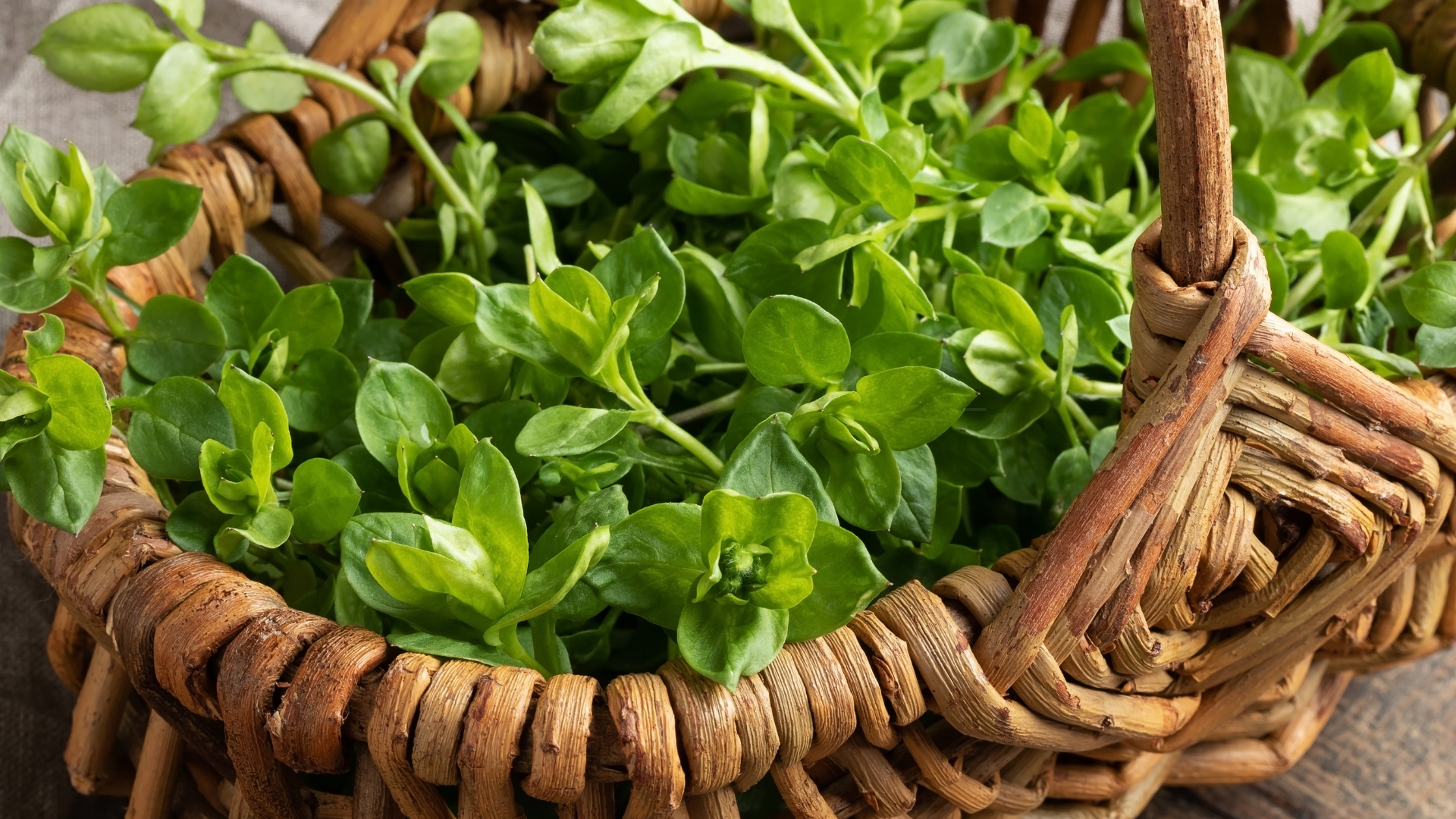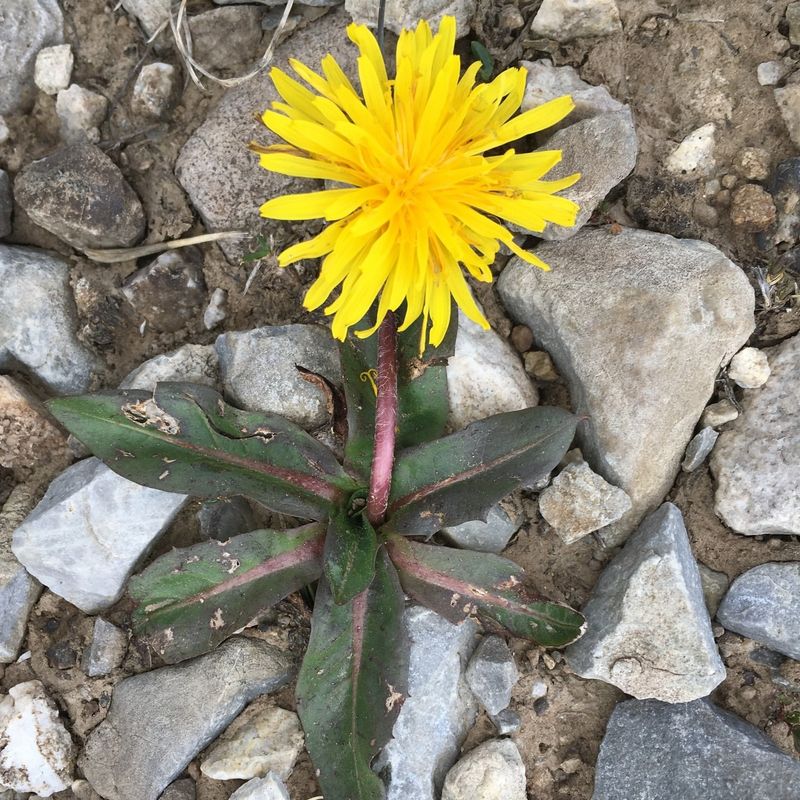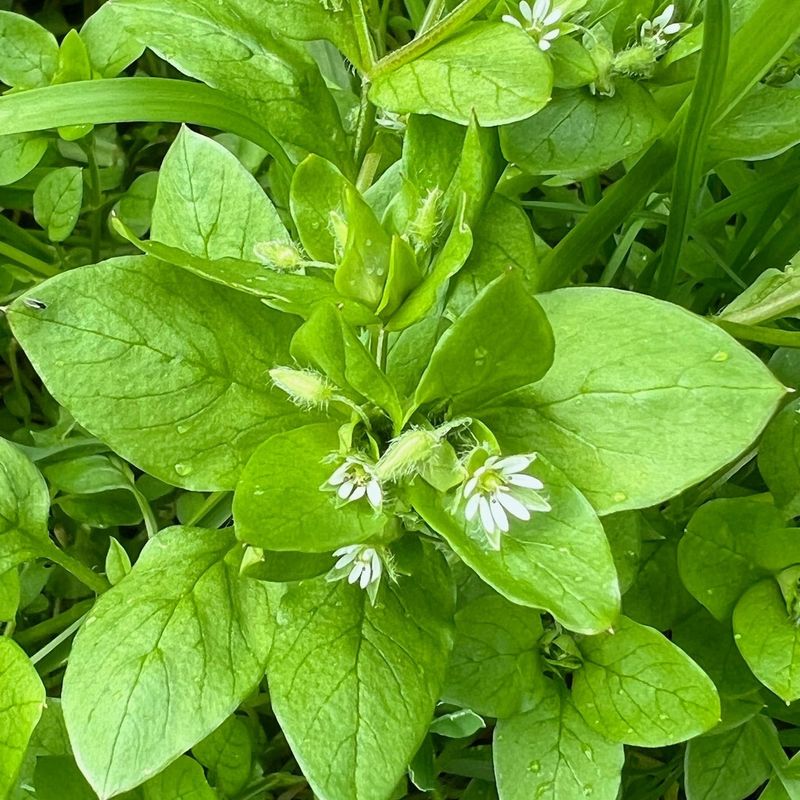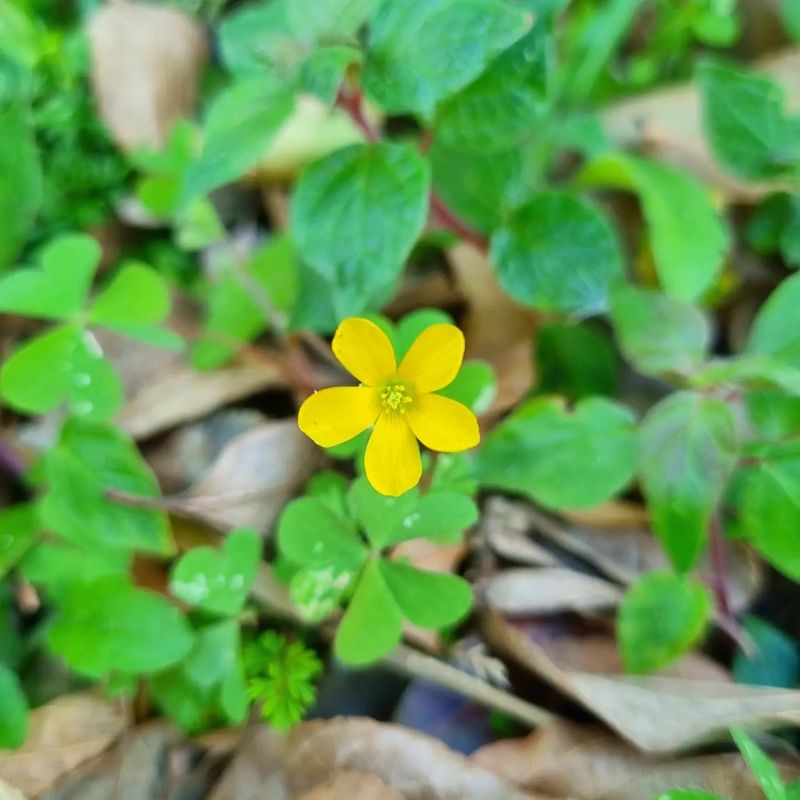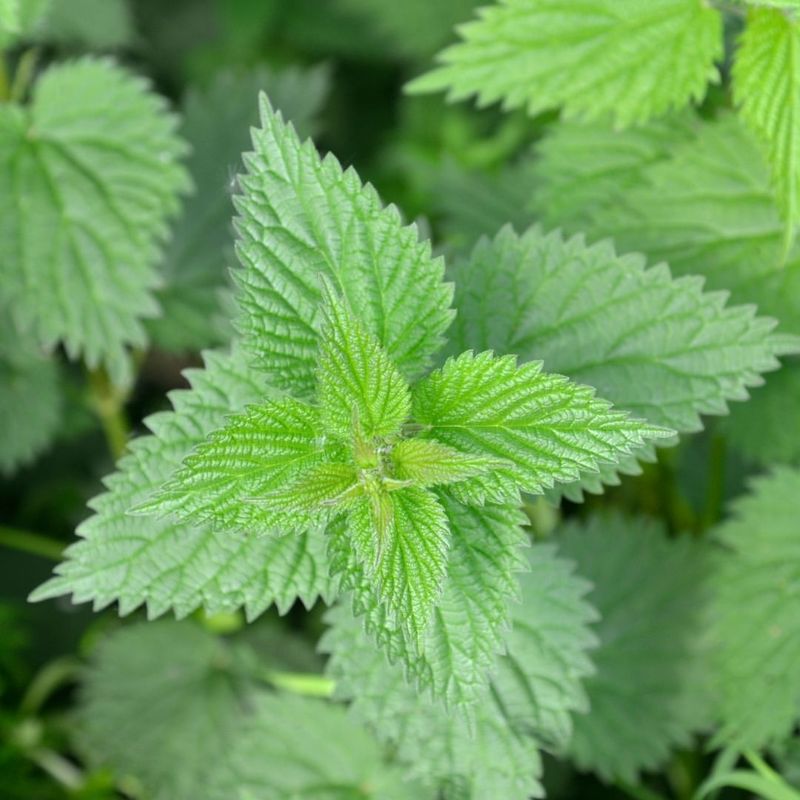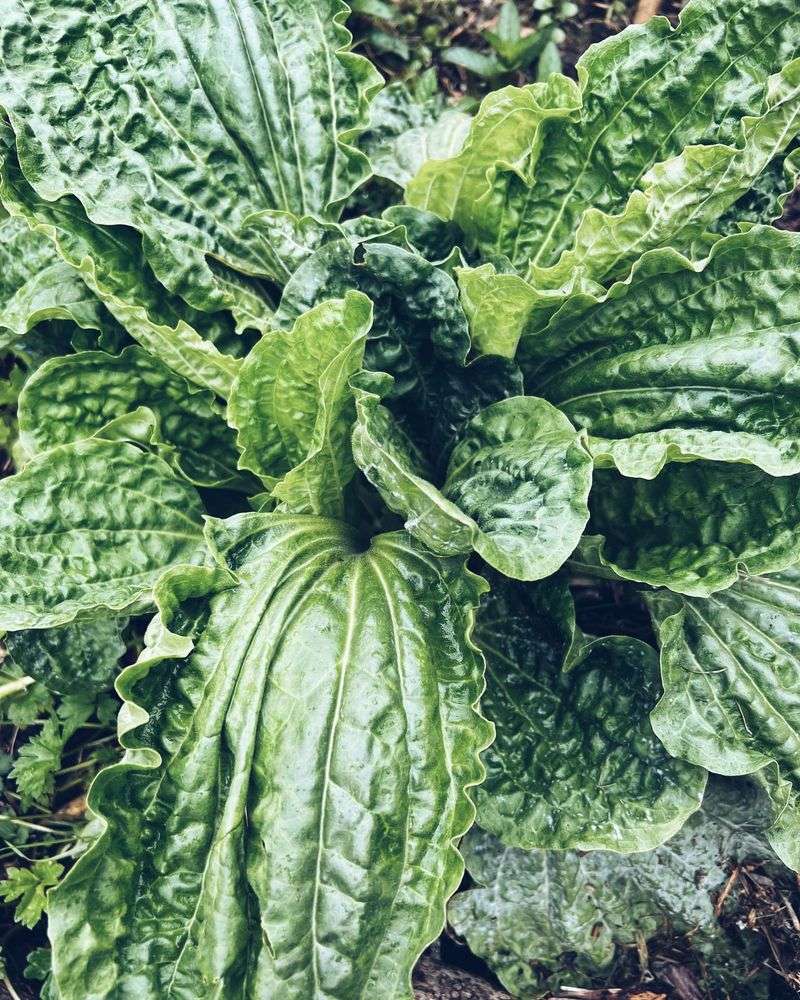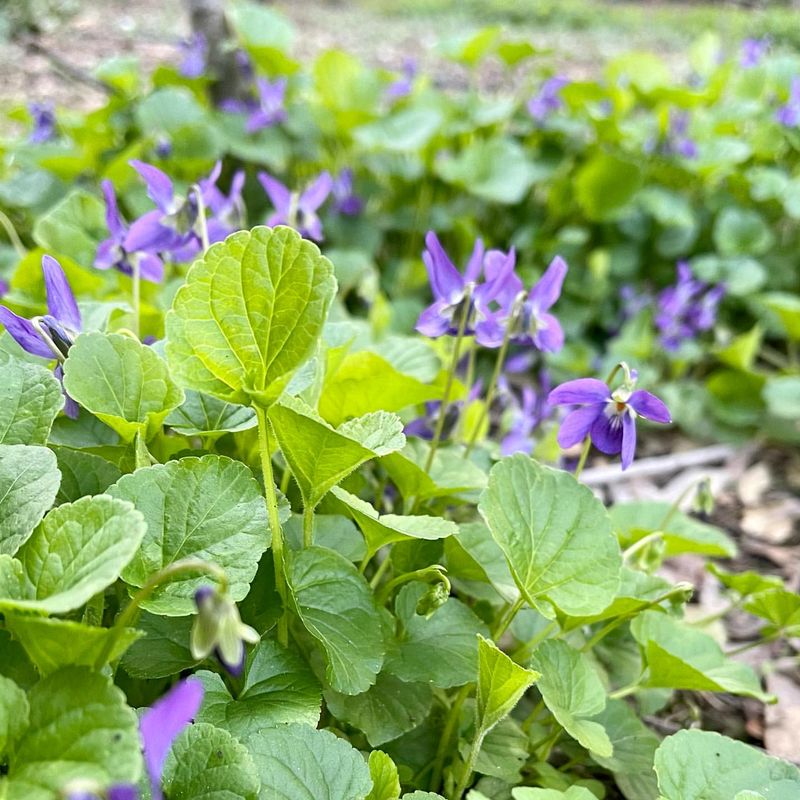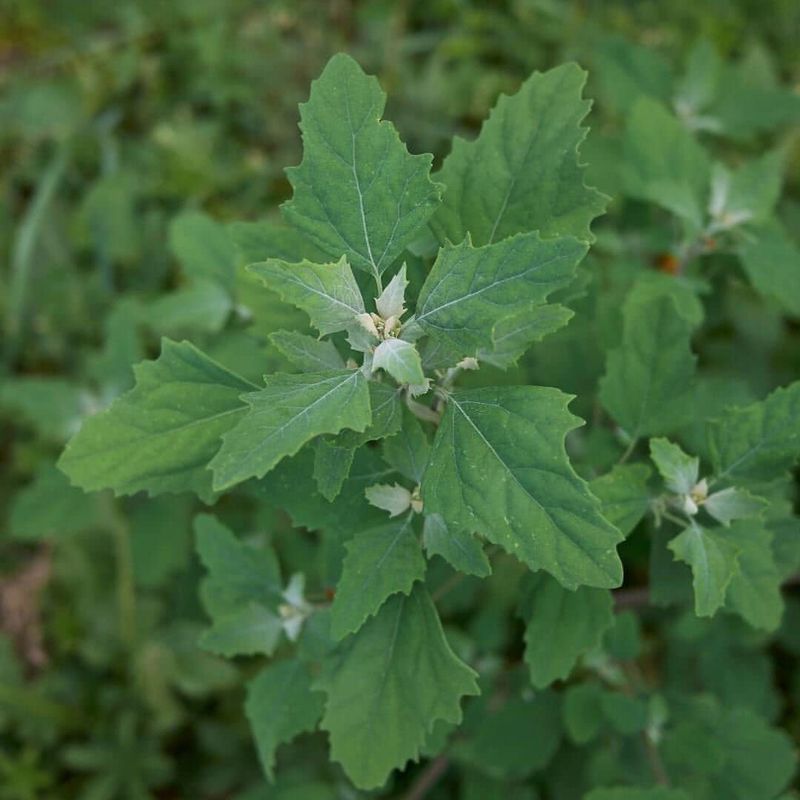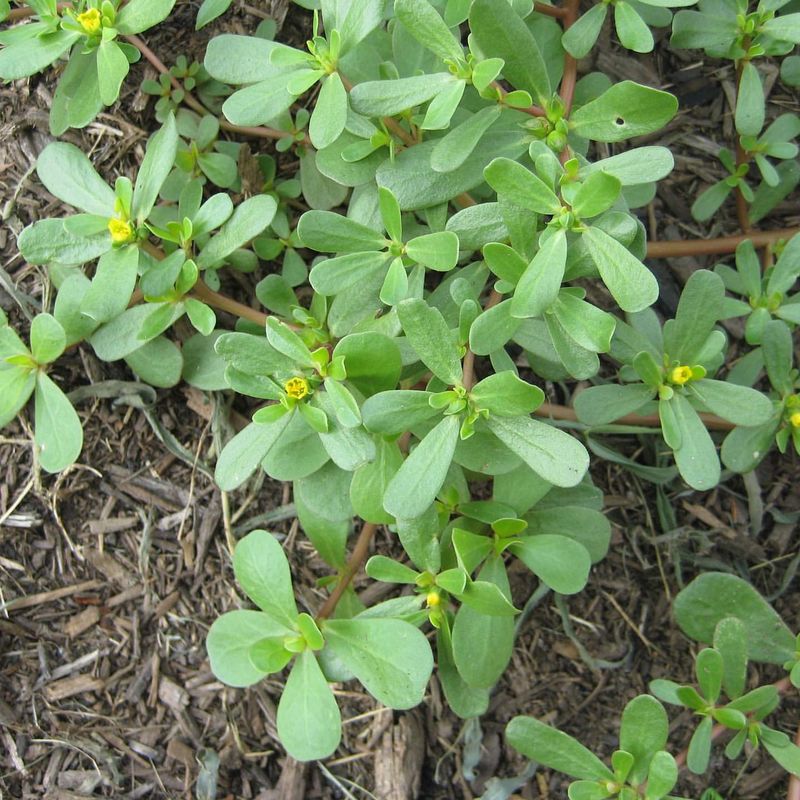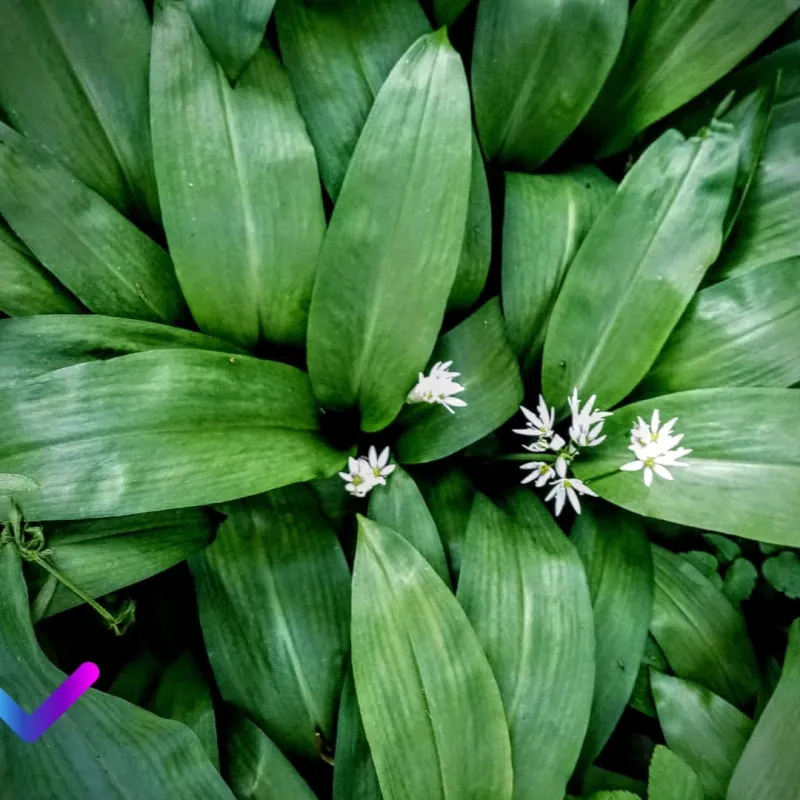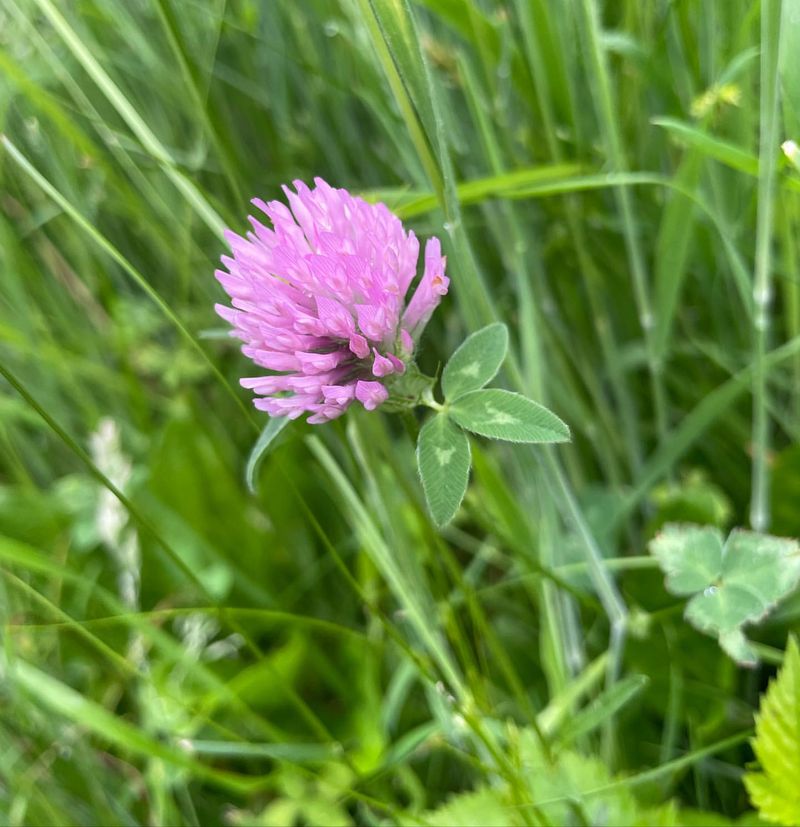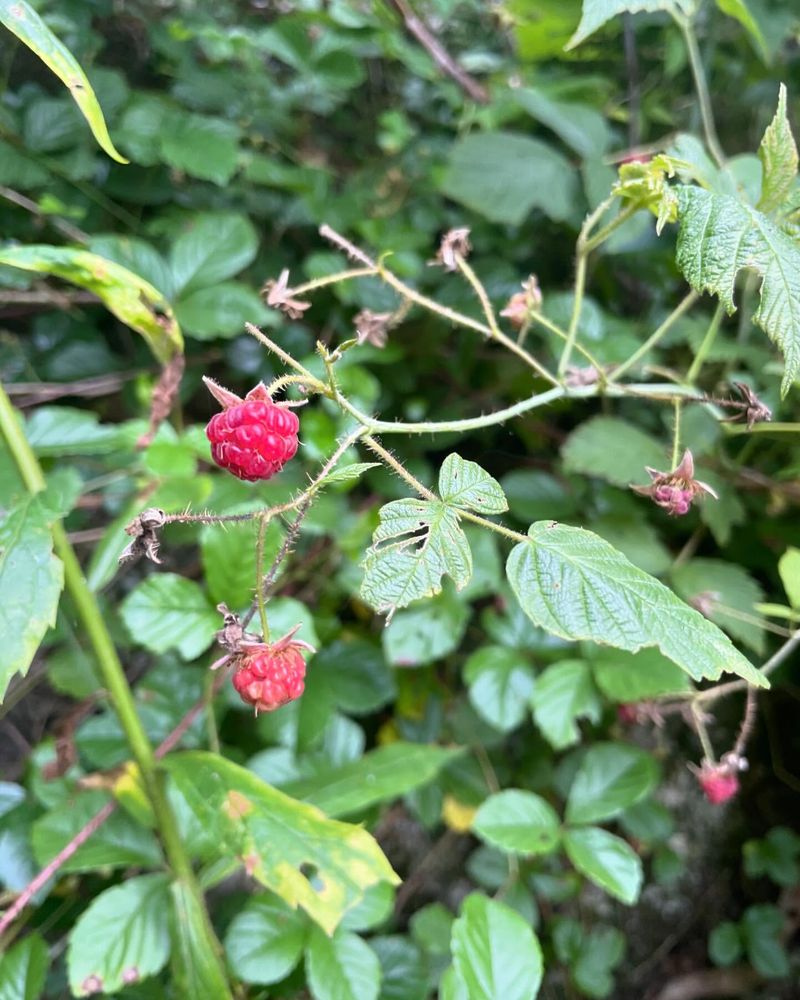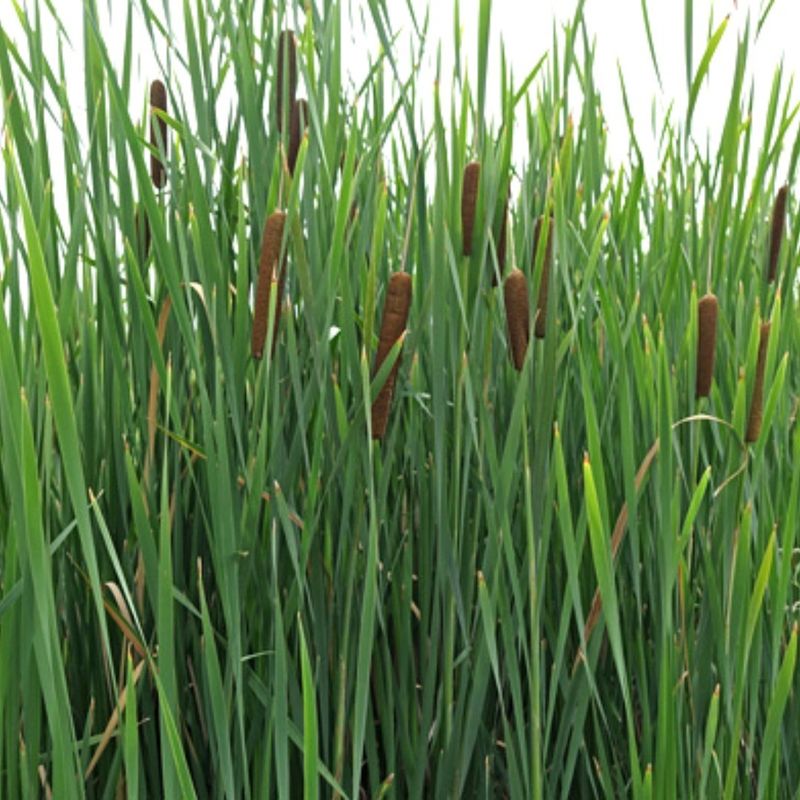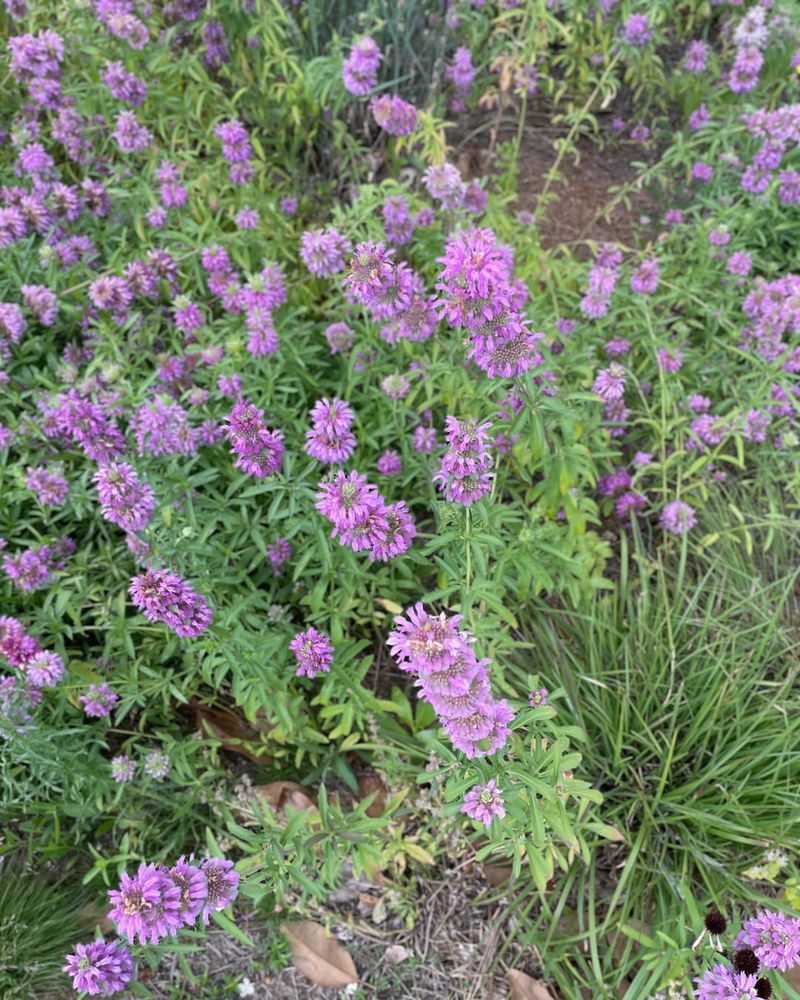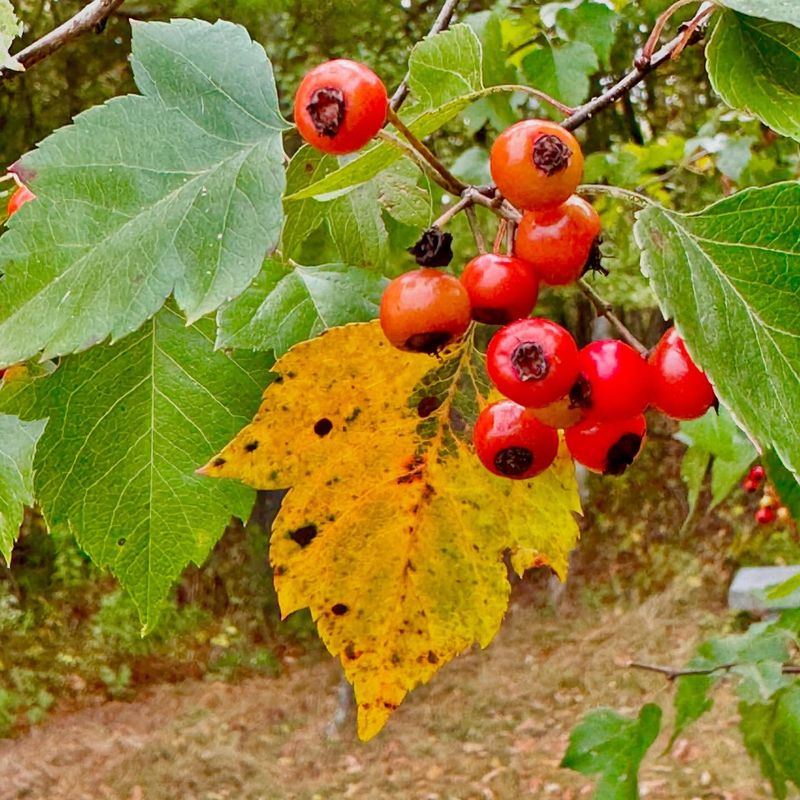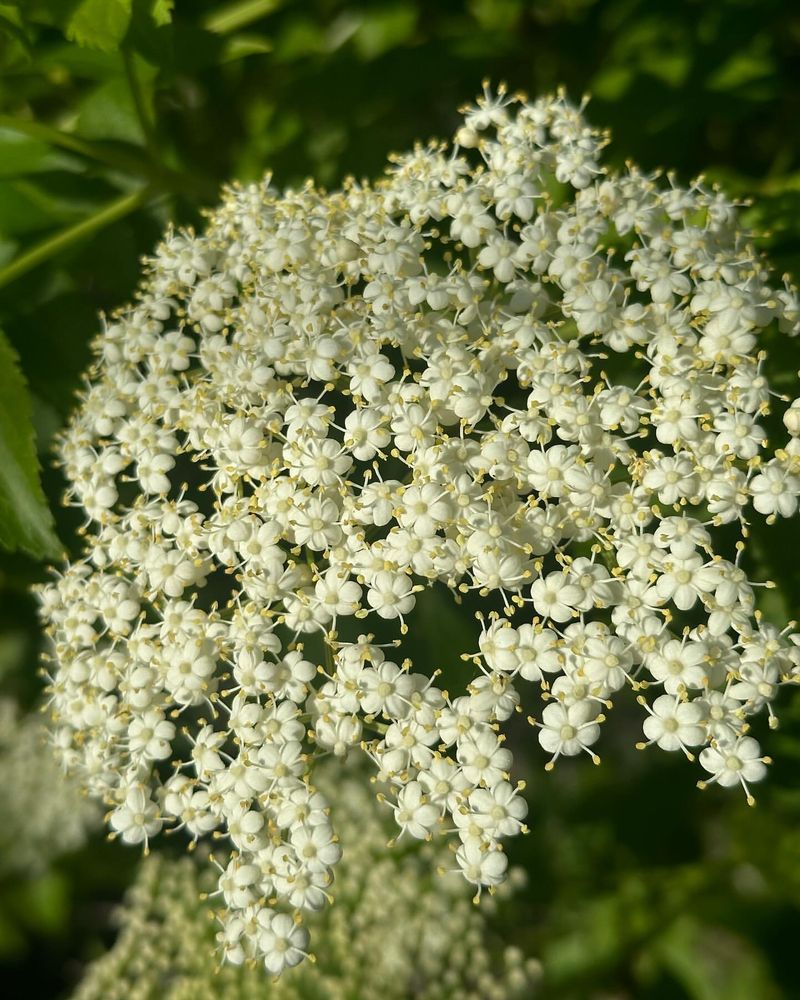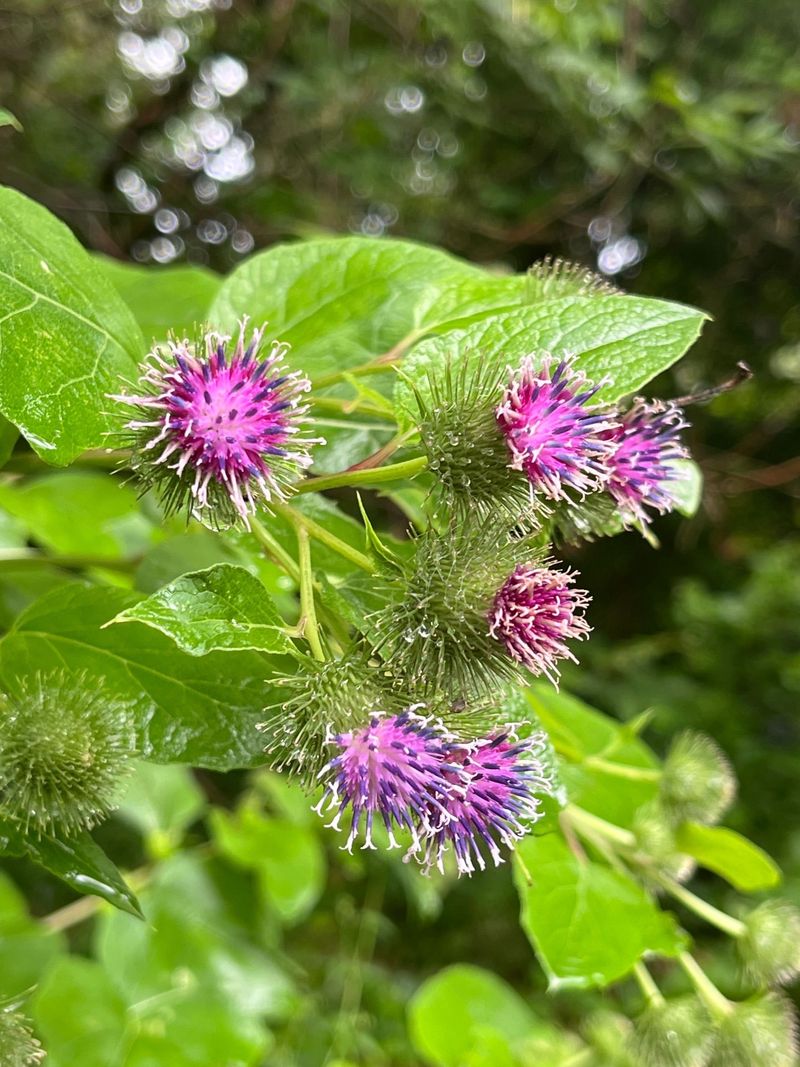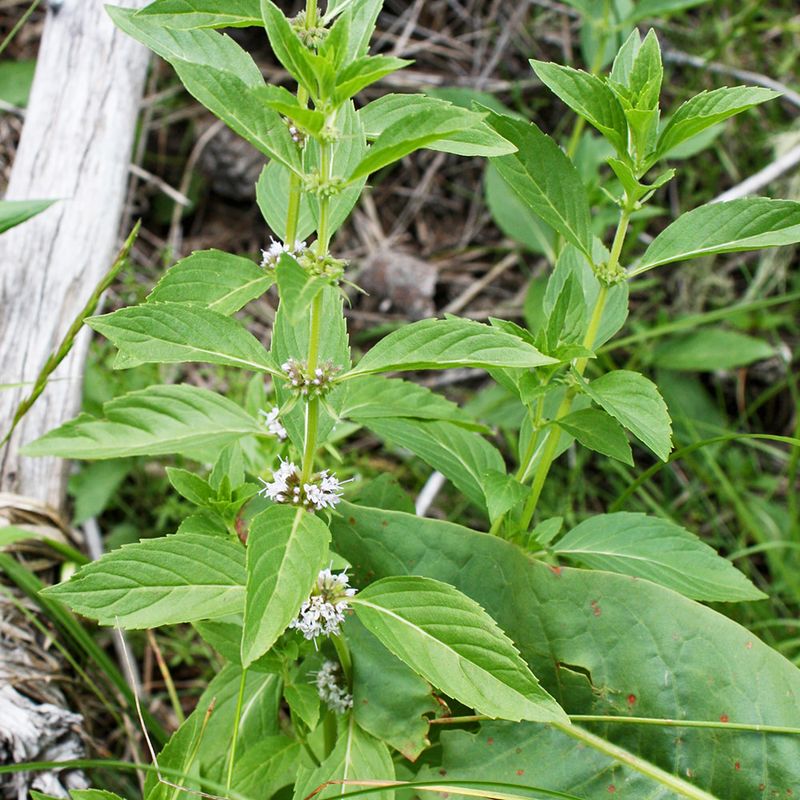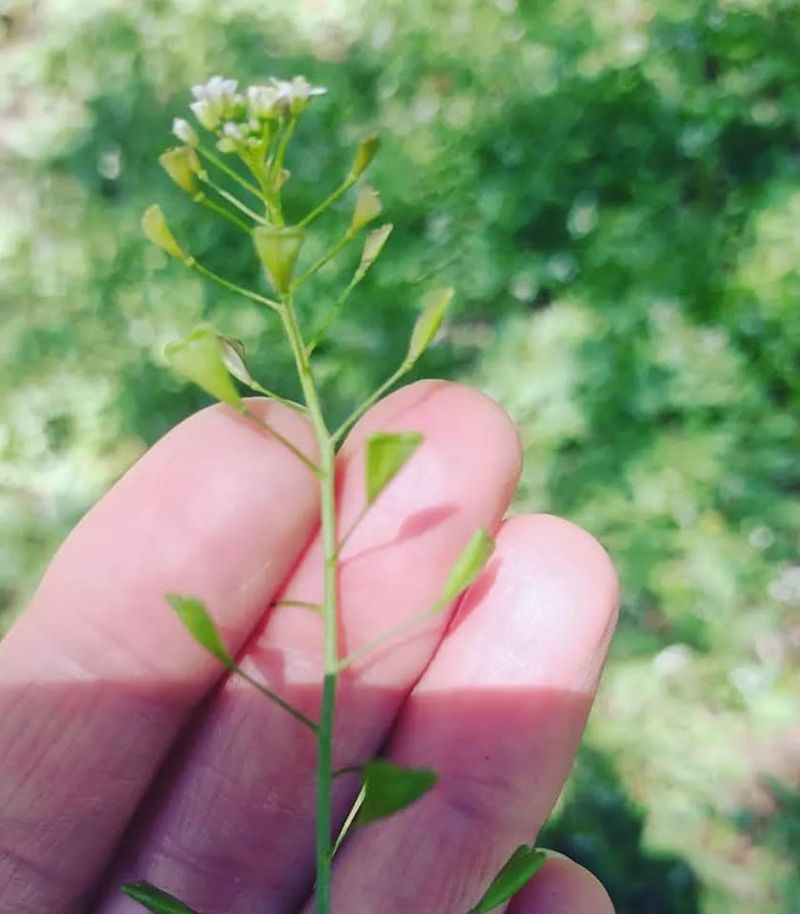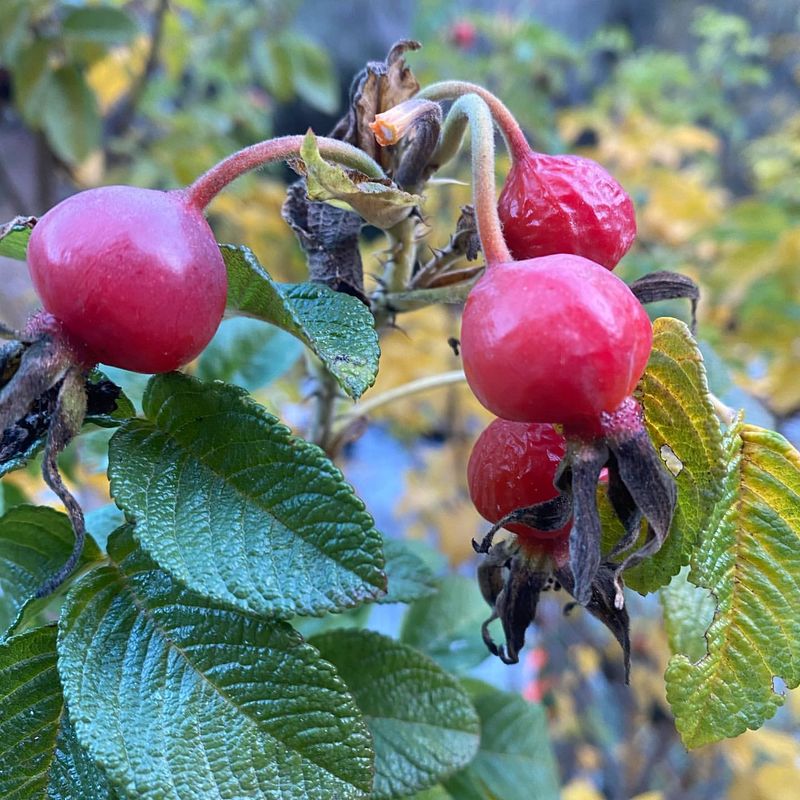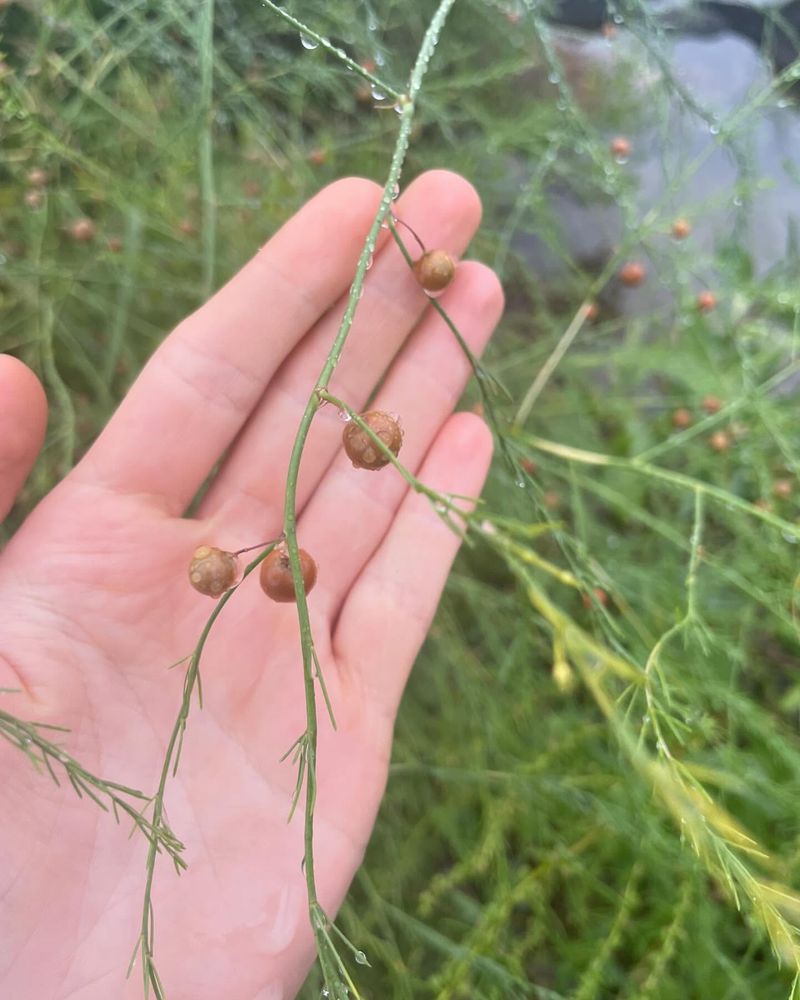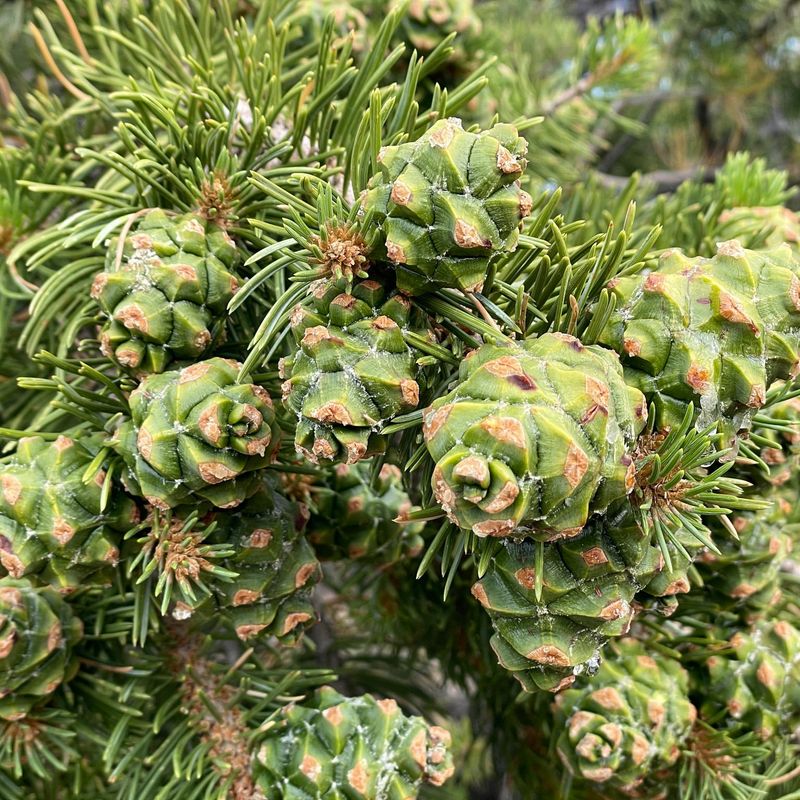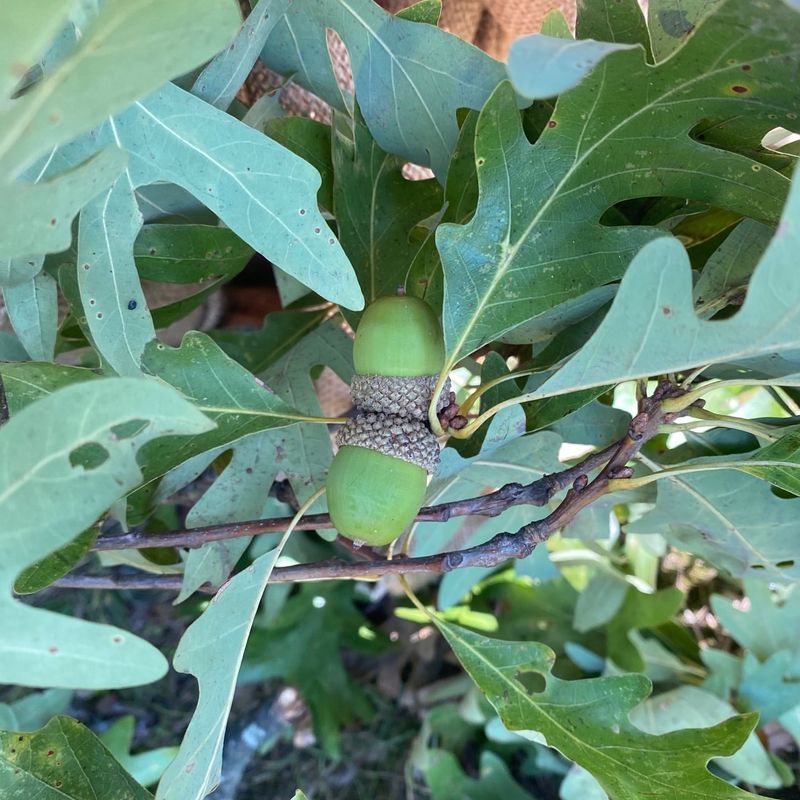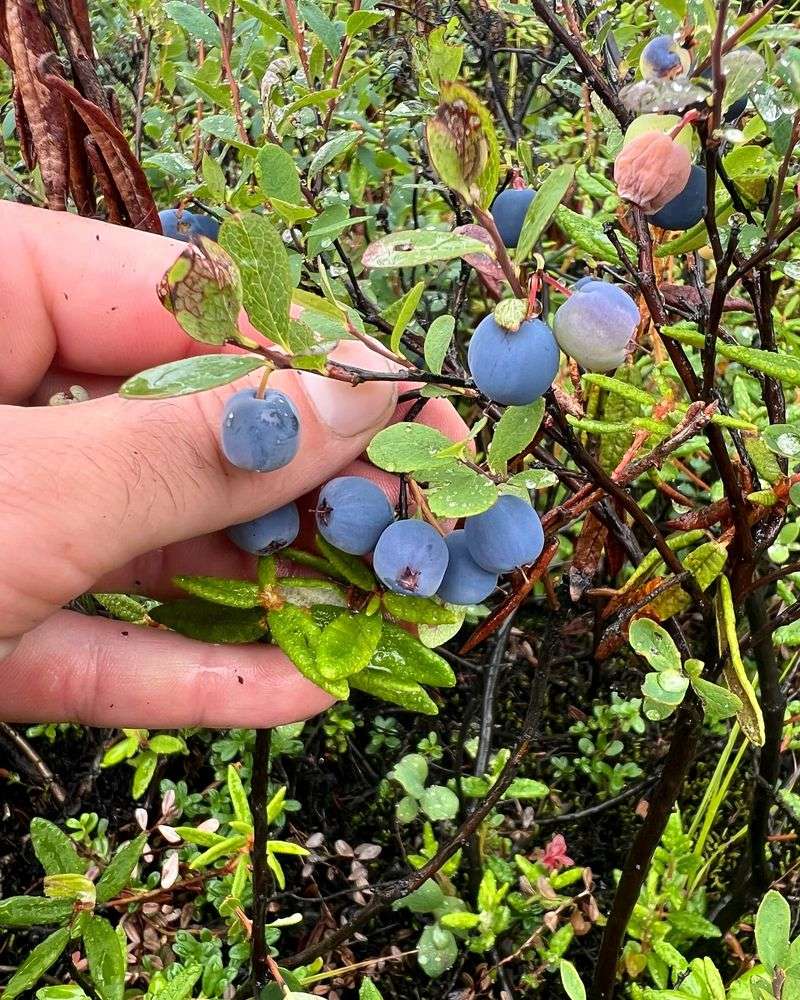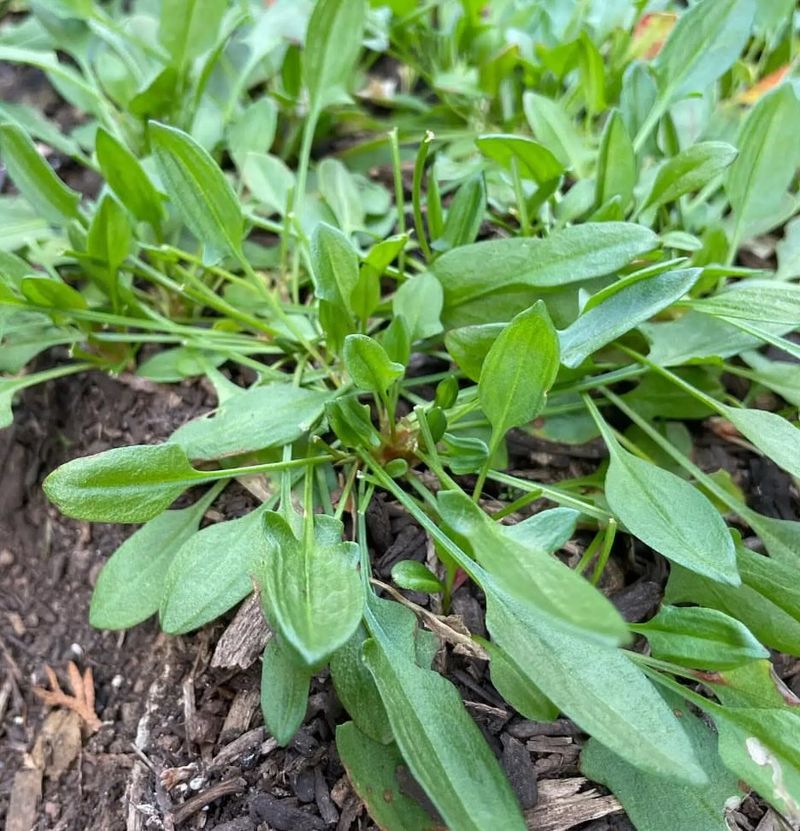Foraging for wild edibles can be an exciting and rewarding adventure, right in your own neighborhood. With a keen eye and a bit of knowledge, you’ll discover a whole new world of edible plants and fungi. This guide introduces you to 24 wild edibles you can find nearby, each with its unique flavor and culinary uses. Whether you’re a seasoned forager or a curious beginner, these finds will surely delight your taste buds. Remember to forage responsibly, respecting local guidelines and ensuring sustainable practices. Happy foraging!
1. Dandelion (Taraxacum officinale)
Dandelions are not just pesky weeds; they’re a delightful surprise in your backyard. The young leaves add a peppery kick to salads, while the flowers make a vibrant addition to teas and desserts. Have you ever tried dandelion root coffee? It’s a caffeine-free delight!
These resilient plants thrive in lawns and gardens, making them one of the most accessible wild edibles. With a bit of creativity, you’ll find dandelions to be both nutritious and versatile. Remember to avoid areas treated with pesticides. Forage away and savor the unexpected flavors of dandelions!
2. Chickweed (Stellaria media)
Chickweed is a small but mighty plant with a fresh, grassy flavor that brightens up any dish. Found in gardens and meadows, this plant is a forager’s delight. Its tender leaves are perfect for salads or as a garnish.
Chickweed is also known for its soothing properties and can be used in balms and salves. Its star-shaped flowers add a touch of magic to your meal. With chickweed, you’re not just foraging for food; you’re gathering a piece of nature’s gentle charm. Let this humble plant surprise you!
3. Wood Sorrel (Oxalis)
Wood Sorrel is a tangy treat waiting to be discovered under the trees. Its clover-like leaves and lemony flavor make it a refreshing addition to salads and sauces. Ever tried it on a sandwich? It’s a zesty surprise!
This woodland wonder thrives in shaded areas, showcasing tiny yellow or white flowers. Its sour taste is due to its oxalic acid content, which adds a unique citrusy note. Remember not to overindulge, as moderation is key. Venture into the woods and let Wood Sorrel add a zing to your culinary adventures!
4. Nettle (Urtica dioica)
Nettles may be infamous for their sting, but they hide a delicious secret. Once cooked, they’re a nutritious powerhouse, perfect for soups, teas, and even pasta. Nettles are like spinach, but with a wild twist!
Look for nettle patches near streams or damp areas. With gloves and a bit of courage, you’ll uncover a bounty of vitamins and minerals. They’re a staple in traditional folk remedies too. Embrace the thrill of foraging nettles and transform their sting into a savory delight!
5. Plantain (Plantago)
Plantain is the sturdy survivor of urban foraging, popping up between cracks in sidewalks and roadsides. Its broad leaves are edible raw or cooked, lending a slightly bitter taste to dishes.
Plantain’s resilience is matched by its health benefits, known for soothing skin and aiding digestion. It’s the plant that keeps on giving! Try it in a stir-fry or as a spinach substitute. Plantain is a testament to nature’s ability to thrive against the odds. Next time you see one, consider adding it to your culinary repertoire.
6. Wild Violet (Viola)
Wild Violets are charming additions to any forager’s basket, with their heart-shaped leaves and vibrant purple flowers. These beauties are more than just a pretty face; they’re edible too!
Their mild, sweet flavor makes them perfect for salads, syrups, and even cookies. Wild Violets bring a touch of elegance to your dishes and can be used as natural food coloring. Celebrate their beauty and taste with a delightful foraging find. Let Wild Violets add a splash of color and flavor to your culinary creations.
7. Lamb’s Quarters (Chenopodium album)
Lamb’s Quarters is a forager’s true friend, often found thriving in sunny, disturbed soils. Its leaves are rich in nutrients and taste similar to spinach. Whether sautéed or blended into smoothies, they hit the spot!
Keep an eye out for its distinctive triangular leaves and powdery texture. It’s a wild edible that’s easy to find and delicious to eat. With Lamb’s Quarters, you’re enjoying a taste that’s both humble and hearty. Next time you’re out, search for this green gem and savor its simple pleasures.
8. Purslane (Portulaca oleracea)
Purslane is a succulent surprise, with a slightly sour and salty flavor that livens up any meal. Found in gardens and pathways, its succulent leaves are a treat.
Packed with omega-3 fatty acids, purslane is a nutritious powerhouse. Its crispy texture makes it ideal for salads or as a crunchy topping. Who knew such a small plant could pack such a flavorful punch? Embrace the unexpected delights of purslane, and let it add a refreshing twist to your plate. It’s a little plant with big culinary dreams!
9. Wild Garlic (Allium ursinum)
Wild Garlic offers a burst of flavor that garlic lovers will adore. Its broad leaves and white flowers make it a striking find in forested areas. Use it as a substitute for regular garlic in pesto or pastas.
This wild edible is fragrant, adding a herbaceous kick to dishes. Just imagine the aroma filling your kitchen! Wild Garlic is a reminder that foraging is a feast for the senses. With its bold taste and delightful scent, it’ll make your culinary creations shine. Enjoy the wild essence of garlic like never before.
10. Clover (Trifolium)
Clover is more than just a lucky charm; it’s a tasty addition to your foraging finds. With its shamrock-shaped leaves and sweet flowers, clover offers a mild, pleasant flavor.
The flowers can be used in teas or baked goods, while the leaves add a mild sweetness to salads. Whether you’re seeking fortune or flavor, clover is a delightful discovery. Foraging clover connects you with nature’s wonders and brings a bit of luck to your culinary endeavors. Embrace the charm and taste of this whimsical plant.
11. Wild Raspberry (Rubus idaeus)
Wild Raspberries are the jewels of the forest, with their sweet and tangy berries. These thorny bushes offer a seasonal delight that’s perfect for jams, desserts, or fresh snacking.
Their vibrant red color and juicy taste are irresistible to foragers. Venture to the forest edge, and you’ll be rewarded with these delectable gems. Wild Raspberries bring a sense of adventure and sweetness to your foraging trips. Enjoy the burst of flavor and the joy of picking berries straight from the bush.
12. Cattail (Typha)
Cattails are the unsung heroes of foraging, with their edible shoots and roots. Found near ponds and wetlands, they offer a mild, cucumber-like flavor.
The young shoots, known as “Cossack asparagus,” can be eaten raw or cooked. Cattail pollen is also edible, often used in baked goods. These versatile plants prove that nature has a bounty of surprises. Explore the world of cattails, and you’ll discover a versatile wild edible that thrives in wetland areas. It’s a culinary adventure waiting to unfold!
13. Wild Onion (Allium canadense)
Wild Onions bring a burst of flavor to any dish, with their pungent aroma and distinctive taste. Commonly found in fields and open areas, they’re a forager’s kitchen staple.
Their slender green stalks and pinkish bulbs are both edible, perfect for soups, salads, or pickling. Wild onions are a testament to the rich flavors that nature provides. Unleash the potential of wild onions in your culinary creations and enjoy a taste of the wild in your everyday meals.
14. Hawthorn Berries (Crataegus)
Hawthorn Berries are the heart of the hedge, offering both beauty and benefits. These small red berries are found on thorny bushes and are known for their tart flavor.
Often used in jams, jellies, and beverages, they bring a unique taste to the table. Beyond their culinary uses, hawthorn berries are celebrated for their heart-healthy properties. Forage these vibrant berries and add a touch of health and flavor to your diet. Discover the joy of hawthorn and the treasures it holds!
15. Elderflower (Sambucus nigra)
Elderflower is a fragrant find, with its creamy clusters adding elegance to any dish. Found on elder shrubs, these blossoms are perfect for cordials, syrups, and desserts.
Their delicate flavor offers a hint of floral sweetness that’s simply enchanting. Elderflower invites you to explore the lighter side of foraging, where aroma and taste combine. Embrace the floral elegance of elderflowers and let them elevate your culinary creations to new heights. It’s a fragrant journey worth taking!
16. Burdock (Arctium)
Burdock is a wild edible that offers a taste of tradition. Its roots are often used in teas and stir-fries, boasting a mild, earthy flavor.
Easily identified by its large leaves and purple thistle-like flowers, burdock thrives in fields and open areas. It’s a plant with both culinary and medicinal uses, cherished in many cultures. Foraging burdock connects you with age-old practices and flavors that have stood the test of time. Discover the roots of a culinary tradition with burdock!
17. Wild Mint (Mentha)
Wild Mint is nature’s peppermint delight, offering a refreshing burst of flavor. Found near water sources, its unmistakable scent and taste make it a favorite for teas and desserts.
The serrated leaves can be used fresh or dried, adding a hint of coolness to beverages and dishes. Wild Mint is a reminder that foraging is an aromatic adventure. Let its cool freshness invigorate your culinary creations and whisk you away on a flavorful journey.
18. Shepherd’s Purse (Capsella bursa-pastoris)
Shepherd’s Purse is a small but flavorful find, with its peppery leaves adding spice to salads and soups. Often found in lawns and gardens, its heart-shaped seed pods are a distinctive feature.
This plant not only offers culinary uses but is also valued for its medicinal properties. Foraging Shepherd’s Purse is about embracing the little wonders of nature. Let its peppery kick enhance your meals and bring a bit of spice to your foraging adventures.
19. Wild Rose Hips (Rosa)
Wild Rose Hips are the jewels of the wild, offering a burst of vitamin C and flavor. Found on rose bushes, their bright red color is a welcome sight for foragers.
Perfect for teas, jams, and syrups, rose hips add a tangy sweetness to your diet. They’re a reminder of nature’s generosity, providing both beauty and nourishment. Explore the world of wild rose hips and enjoy the taste and health benefits they bring. Let their vibrant hue brighten your culinary adventures.
20. Wild Asparagus (Asparagus officinalis)
Wild Asparagus is a springtime delight, with its tender stalks offering a fresh, grassy flavor. Found along field edges and ditches, it’s a gourmet treasure in the wild.
Forage for these slender greens and enjoy them grilled, steamed, or in salads. Wild Asparagus is a testament to the elegance that nature provides, offering a taste of luxury in every bite. Join the hunt for wild asparagus and savor the seasonal joy it brings to your table.
21. Pine Nuts (Pinus)
Pine Nuts are the hidden treasures of the forest, nestled within pine cones. Known for their rich, buttery flavor, they’re a gourmet delight in the wild.
Harvesting pine nuts requires patience, as they take time to ripen and fall from the cones. Once collected, they’re perfect for pesto, salads, and baking. Pine Nuts remind us of the richness of nature’s offerings, adding a touch of elegance to any dish. Forage for these nutrient-dense seeds and enjoy the luxury they bring to your culinary creations.
22. Acorns (Quercus)
Acorns are nature’s hidden gems, offering a nutty delight that’s often overlooked. Found beneath oak trees, they require proper processing to remove tannins.
Once prepared, acorns can be ground into flour or roasted for a snack. They’re a testament to the bounty that lies beneath the surface. Foraging for acorns is about embracing the patience and tradition that come with wild edibles. Discover the nutty goodness of acorns and let them inspire your culinary creativity.
23. Wild Blueberries (Vaccinium)
Wild Blueberries are the juicy treasures of the forest, bursting with sweet and tangy flavors. These tiny berries grow on low bushes, offering a delightful snack for foragers.
Their deep blue hue is a promise of the rich taste they hold. Perfect for making jams, pies, or simply enjoyed fresh, wild blueberries are a seasonal treat. Foraging for these berries connects you with nature’s sweetest offerings. Embrace the joy of picking and savoring wild blueberries, a true taste of the wild!
24. Sorrel (Rumex)
Sorrel is the zesty surprise of the meadow, with its lemony flavor adding a kick to your dishes. Easily found in fields and gardens, its bright green leaves are a culinary delight.
Use sorrel in soups, sauces, or salads to add a tangy twist. Its refreshing taste is a testament to nature’s creativity. Forage for sorrel and let it bring a burst of zest to your culinary creations. It’s a wild edible that promises to invigorate your palate and inspire your cooking adventures.

